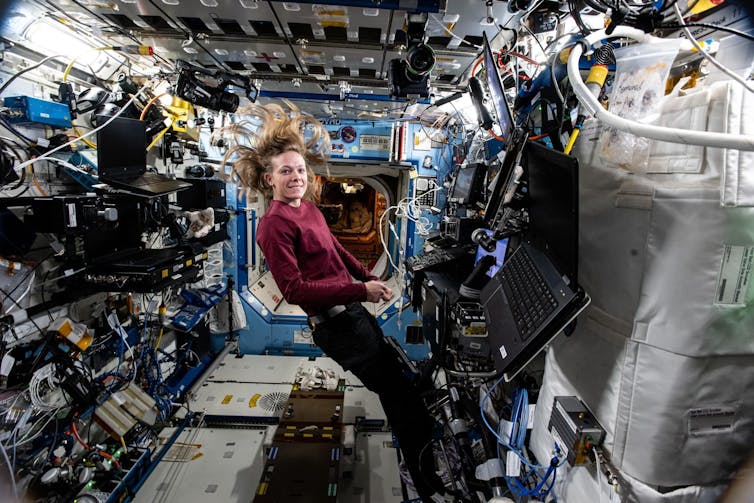I had set up my telescope in my San Diego backyard, which is plagued by light pollution, to capture astrophotography images. As my wife, Cristina, approached, the first space photo appeared on my tablet, sparkling on the screen in front of us.
“That is the Pinwheel galaxy,” I said, referring to the name derived from its shape, which contains approximately a trillion stars.
The light from the Pinwheel had traveled an immense distance of 150 quintillion miles across the universe, taking around 25 million years to reach my telescope.
Cristina’s curiosity was piqued, and she asked, “Doesn’t light get tired during such an extended journey?”
This question sparked a thought-provoking conversation about light and its behavior. Ultimately, we wondered, why doesn’t light lose energy over time as it travels through space?
Understanding Light
As an astrophysicist, I have learned that light often behaves in ways that defy our intuition. Light is essentially electromagnetic radiation, comprising an electric wave and a magnetic wave coupled together and traveling through space-time. Notably, it has no mass, which is crucial because an object’s mass limits its top speed in space.
Since light is massless, it can reach the maximum speed limit in a vacuum, which is approximately 186,000 miles (300,000 kilometers) per second or almost 6 trillion miles per year (9.6 trillion kilometers). No object traveling through space can exceed this speed. To put this into perspective, in the time it takes to blink, a particle of light can travel around the Earth’s circumference more than twice.
Despite its incredible speed, space is vast and spread out. Light from the Sun, which is about 93 million miles (150 million kilometers) away from Earth, takes just over eight minutes to reach us. This means the sunlight we see is eight minutes old. Alpha Centauri, the nearest star to us after the Sun, is approximately 26 trillion miles away (41 trillion kilometers), so when we see it in the night sky, its light is about four years old, or four light years away.
Considering these vast distances, Cristina’s question remains: How can light travel across the universe without slowly losing energy?
Some light does lose energy when it bounces off something, like interstellar dust, and gets scattered. However, most light travels unimpeded, which is almost always the case because space is predominantly empty. As a result, there is nothing to obstruct its path. When light travels unimpeded, it loses no energy and can maintain its speed of 186,000 miles per second indefinitely.
Time and Space
Imagine being an astronaut on board the International Space Station, orbiting at 17,000 miles (27,000 kilometers) per hour. Compared to someone on Earth, your wristwatch would tick 0.01 seconds slower over one year.
This phenomenon is an example of time dilation, where time moves at different speeds under different conditions. If you’re moving extremely fast or are close to a large gravitational field, your clock will tick more slowly than someone moving slower or farther from a large gravitational field. In essence, time is relative.

NASA
Now, consider that light is inextricably connected to time. Imagine sitting on a photon, a fundamental particle of light; from this perspective, you would experience maximum time dilation. To observers on Earth, you would be traveling at the speed of light, but from your frame of reference, time would appear to stand still.
This is because the “clocks” measuring time are in two different locations moving at vastly different speeds: the photon moving at the speed of light and the relatively slow speed of Earth orbit
Source Link





